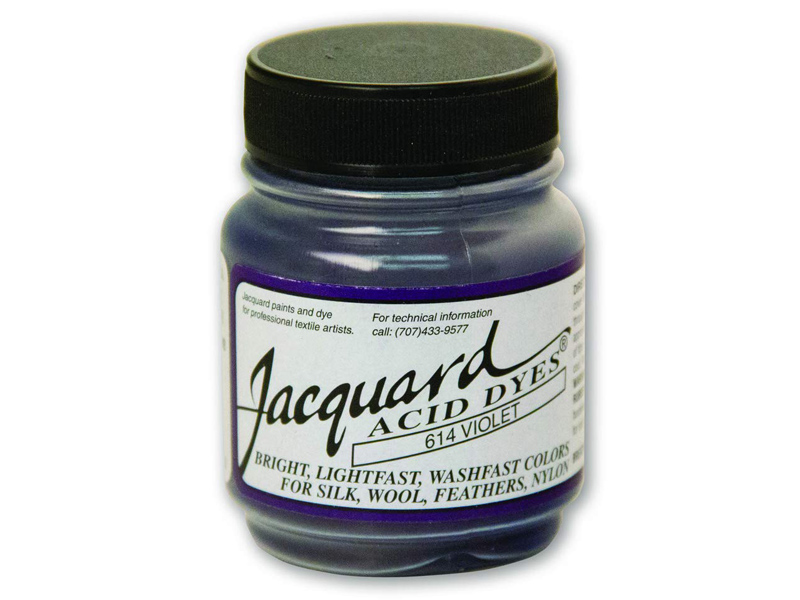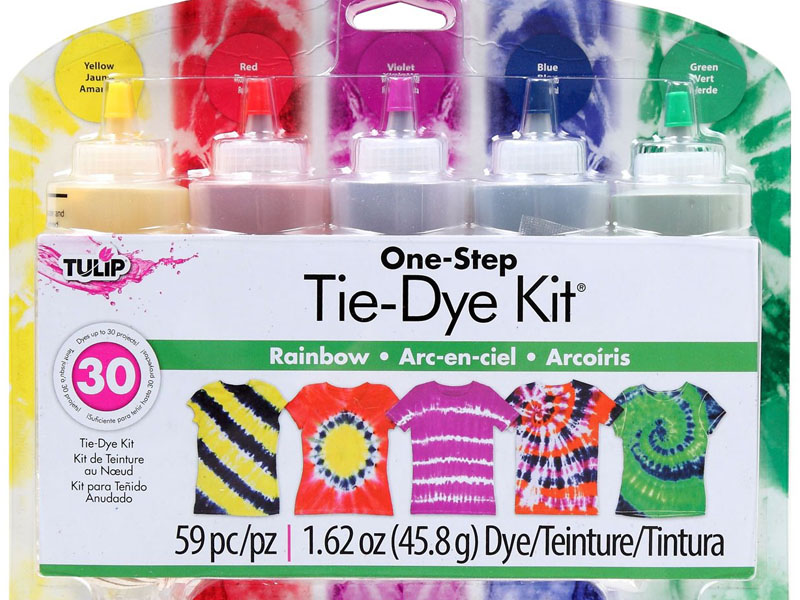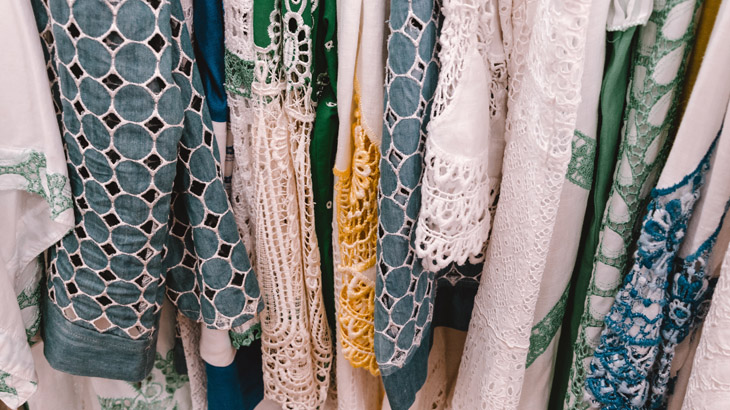Unleash your creativity for a plethora of craft projects or give faded fabrics a new life using a fabric dye. This method has become very popular in recent years and people have worked very hard to master the art of dyeing fabrics.
Consider These When Choosing the Best Fabric Dye
Shopping for the best clothes dye does not require a degree in chemistry as the selection process is not that difficult. To simplify the task you just need to have an understanding of some basic considerations. Different types of tie and dye fabrics are formulated to react with the fibres found in different types of fabrics. You may also need to employ a variety of dye colours and dyeing techniques to achieve the desired colour effects and patterns. Above all, environmental safety is always an important factor.
Types of Dyes
- As mentioned above, different types of clothes dyes are formulated to suit different types of fabric. To make them effective for achieving permanent colouring on a host of fabrics, clothes dye contain varied chemical ingredients.
- Fibre-reactive natural fabric dyes form molecular bonds with the cellulose fibres that are derived from plant sources. These fibres are found in fabrics like cotton, hemp, linen and rayon.
- Acid dyes react with the protein fibres found in wool, silk, nylon, cashmere and feathers and these dyes work in acidic dye baths.

source: amazon.in
- Union dyes give you a uniform colouring for a blended fabric that contains two different types of fibres. To achieve a consistent colour throughout a blended fabric, two distinct classes of dyes in the same colour are employed in a single dye bath.
- Direct dyes refer to any class of clothes dye that dissolves in water to be taken up directly by the fibres of the submerged fabric. Most tie and dye fabric for home use are direct dyes.
Powder vs. Liquid
Both powder and liquid fabric dyes yield vibrant and permanent colours. Whether you use a powder dye or a liquid clothes dye, there is no difference in the final results of dyeing fabric.
However, due to more concentration power of a liquid tie and dye fabric, it requires only half the amount of powder dye. What it means is that one bottle of liquid dye is equal to two packages of powder dye. This makes liquid dye a more economical choice.
You must dissolve powder dye in hot water before adding it to the dye bath. The dissolving step is however eliminated by using a liquid clothes dye as it is premixed. This makes liquid dye a convenient choice for the users.
Fabric
Different classes of dye colours are offered by the manufacturers for different types of fabric. The reason behind this is that specific dye formulas react with the specific fibres found in various fabrics.
Given below is a list of common fabrics along with recommendations for the most effective types of fabric dyes:
- Cotton, linen, hemp, rayon, bamboo and modal fabrics contain cellulose fibres from natural plant sources. These fabrics react well to basic dyes and fibre-reactive natural fabric dyes that bond molecularly with the cellulose fibres.
- Silk, wool, cashmere, feathers and alpaca contain natural protein fibres. These fabrics react well to acid dyes.
- Polyester, nylon, acrylic, spandex and acetate are fibres that do not occur in nature. Look for a tie and dye fabric that advertise special chemical formulations for colouring synthetic fabrics.
Tie and Dye Method
Artists and craftsmen utilise a variety of tie and dye fabric methods to achieve interesting and attractive colour results. Here is an overview of tie and dye fabric techniques:
- In this method, users gather small sections of fabric and tie them tightly with string or rubber bands. The clothes dye is applied directly to the fabric and the tied-off sections do not absorb the dye.
- As in a painting process, dye painting refers to the process in which an artist applies a thickened, fibre-reactive dye solution directly to the fabric.
- Batik is a process in which artists first paint on the fabric with melted wax and then dye the fabric. The areas covered in wax do not absorb the colour. Batik artists achieve multi-coloured effects with repetition and layering.
- Vat dyeing, also known as tub dyeing, involves soaking the fabric in a dye wash. The submerged fabric absorbs the dye, resulting in overall colour.
- Cross-dyeing blended fabrics with two or more different clothes dyes results in a heather effect. For example, when two types of fibres in wool and cotton blended fabric will react to the two different clothes dyes, it will result in a heather effect.
- Shibori is a Japanese tie and dye technique that involves twisting, folding and binding fabric before dyeing it with indigo.
Which Type of Clothes Dye Is the Best For Denim?
For denim, you can use a fibre-reactive clothes dye intended for all-natural cellulose-fibre cotton fabrics.
Which is the Best Clothes Dye for Canvas?
Canvas is made from cellulose fibres just like cotton and linen. So, you can use a fibre-reactive dye to colour canvas fabric.
Which Type of Clothes Dye is the Best for the Environment?
The most eco-friendly choice is the plant-based textile dyes. Natural fabric dyes are derived from tree barks, bamboo, flowers, fruits, vegetables, spices and indigo.
Top Picks for Different Fabrics
- Best fabric dye: Rit All-purpose Powder Dye and Rit All-purpose Liquid Dye
- The Best fabric dye for cotton and linen: Jacquard Procion MX Fibre Reactive Dye
- Best clothes dye for wool and silk: Jacquard Acid Dyes
- The Best dye for polyester: Jacquard Products iDye Fabric Dye
- Best dye for blended fabrics: Rit DyeMore Liquid Dye
- Best for tie and dye fabric projects: Tulip One-Step Tie-Dye Kit

Now that you have explored several important factors to consider when choosing the best dye, you already are halfway down the creative lane.
Also Read: Tie and Dye Techniques for Simple Fabric Painting Designs
At Hunar Online, you will get access to detailed video lessons and can learn from anywhere. You will get 24/7 faculty support and a chance to learn from the experts in the industry. Also, watch our trial classes and get a glimpse of our courses. You can start learning your favourite course by downloading the app.
So, what are you waiting for? Join Hunar Online Courses and do what you always wanted to do!



